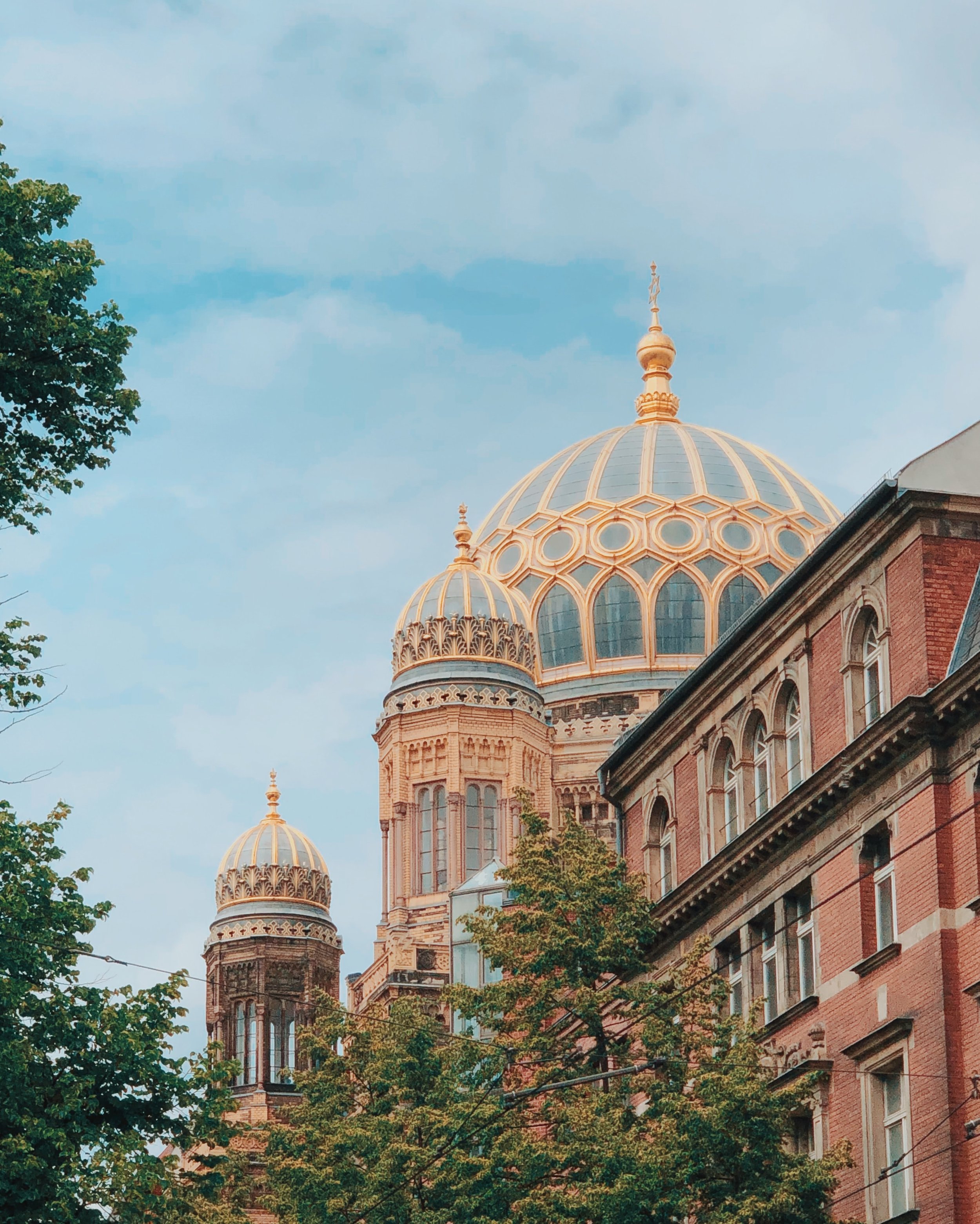Reaffirming The Sanctity Of Sacred Sites In Africa
In Africa, KAICIID partnered with the African Union to support 12 projects organised by members of its Interfaith Dialogue Forum (AU-IFDF) specifically focused on the protection of sacred sites.
Agustin Nunez, KAICIID’s Senior Programme Manager for the Africa Region, said the AU’s main theme for 2021 is the promotion of cultural heritage, including the protection of sacred sites.
The partnership, he said, is meant to bring both religious and community actors to the policymaking table “to raise awareness and advocate for the development of regional mechanisms in Africa” to do so.
Among the projects is one in Djibouti where KAICIID-supported religious leaders, elders, youth, CSOs, and NGOs are working together to build a platform to collaborate in preserving and restoring local religious assets. Chief among their priorities is the preservation of holy sites in the eastern African nation.
Not only do such projects contribute concretely to the protection of religious sites, but “promote a peaceful, secure Africa whose development is people-driven” said Nunez, “especially by its women and youth.”
Elsewhere, in the city of Jos, Nigeria, Rev. Zaka Ahuche Peter said his KAICIID Fellows training equipped him to do the same in his country.
That Fellows training includes, “educational modules on the symbolic importance of sacred sites and build Fellows’ capacity to communicate this and diffuse situations through education and creating space for dialogue,” said Alabbadi.
Peter said his relationship with another KAICIID Fellow of a different faith, Fatima Madaki, reveals the “human factor” beyond distrust, helping foster resilience and a mutual respect for the “Other.” He said these kinds of relationships are vital as “attacks on religious sites in Nigeria seem not to abate.
“The fact still remains that ignorance, fanaticism and lack of the fear of God are responsible for destruction of holy sites,” he said, “but in collaboration with religious leaders and training from KAICIID, we are able to send the correct teachings out.”
Farther to the south, in the Nigerian state of Kaduna, Mugu Zakka Bako received a KAICIID 2021-2022 micro grant to organise an interreligious dialogue between local government, civil society organisations, and community leaders to strengthen coherent narratives to respond to violent extremism.
An active and trained peacebuilder whose passion for non-violence as a solution to conflict was moulded out of personal violence against his family members, Bako said “we have been bewitched by a lot of conflicts over natural resources and for ethno-religious, political, and economic reasons.
The conflicts have included numerous attacks on religious sites. “This has happened recently with the burning of churches and mosques in Plateau and some parts of Kaduna state,” he said, “the incessant attacks create insecurity and insecurity is one of Nigeria’s biggest challenges.”
As part of his KAICIID-funded interreligious dialogue sessions, Bako takes participants to different visits to religious sites.
The reactions, said Bako, have been overwhelming. “The outcome has been to foster resilience in the communities where I have worked,” he said, “it has helped religious leaders develop coping capacity and become aware of the need for them to protect their religious sites.
“Today, they are working towards interreligious groupings where Christians protect worship sites of the Muslims, while the Muslims do the same for Christians,” he said.
These kinds of programmes, Alabbadi said, are particularly impactful. With an eye toward expanding programmes like them in the Arab region and Europe in years to come, Alabbadi said, “when imams, priests, and other religious leaders visit each other in hard times and in good times, it signals to the community that it’s okay for them to do the same.”



